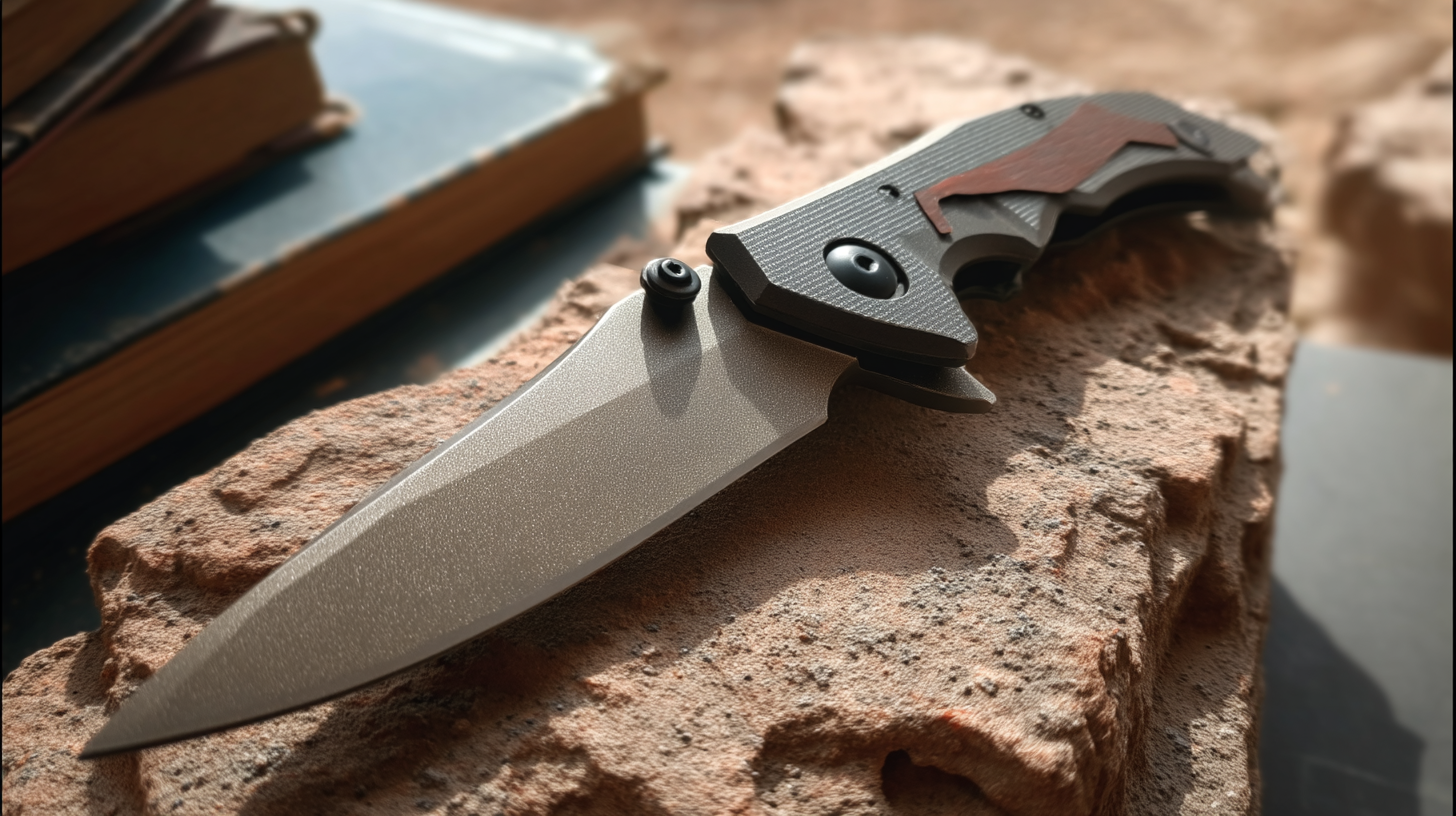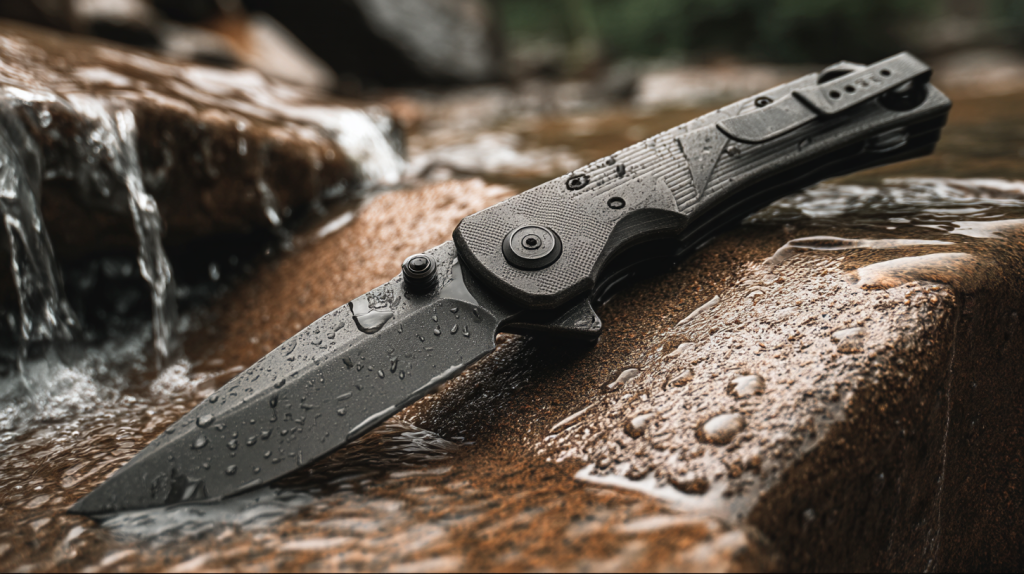
When selecting the best metal for knives, steel alloy composition is the defining factor influencing performance. Steel determines how well a blade holds an edge, resists corrosion, handles impact, and responds to sharpening. This guide breaks down the key properties of knife steel, common alloys, and practical considerations to help you make informed decisions for your needs.
Understanding steel requires familiarity with five core characteristics. Below is a quick-reference table summarizing their trade-offs:
| Property | Description | Trade-offs |
| Edge Retention | How long the blade stays sharp. | High hardness improves retention but may increase brittleness. |
| Hardness (HRC) | Resistance to deformation. Higher HRC = harder steel. | Harder steels resist wear but are prone to chipping. |
| Toughness | Ability to withstand cracks or chips. | Tougher steels absorb impact but may lack edge retention. |
| Corrosion Resistance | Resistance to rust and oxidation. | High chromium (stainless) improves rust resistance but may reduce toughness. |
| Ease of Sharpening | How easily the blade can be resharpened. | Softer steels sharpen quickly but require frequent maintenance. |
Knife steels fall into three broad categories. The table below compares popular alloys and their best uses:
| Category | Steel | Edge Retention | Toughness | Corrosion Resistance | Best For | Maintenance Level |
| High-Carbon | 1095 | High | Very High | Low | Survival knives, bushcraft | High (oil regularly) |
| O1 | High | High | Moderate | Hunting knives, woodworking | Moderate | |
| Stainless | 420HC | Moderate | Moderate | High | Budget EDC, outdoor knives | Low |
| VG-10 | High | Moderate | Very High | Premium folding knives | Low | |
| 14C28N | High | High | Very High | Harsh environments, saltwater use | Low | |
| Tool Steels | D2 | Very High | Moderate | Moderate | Heavy-duty tasks, tactical blades | Moderate |
| CPM-S30V | Extreme | Moderate | High | Precision cutting, professional tools | Low | |
| Specialty | M390 | Extreme | Moderate | Very High | Surgical edges, high-performance EDC | Low |
| LC200N | Moderate | High | Extreme | Marine environments, diving knives | Very Low |

Use this checklist to narrow down your options:
Even the best steel underperforms without proper heat treatment. This process involves heating, quenching, and tempering to balance hardness and toughness.
RUIKE incorporates cryogenic treatment into its heat processing to reduce residual stresses, achieving a balanced improvement in hardness (HRC) and corrosion resistance.
With over two decades of experience, RUIKE prioritizes balanced performance. Below are their top steel choices:
| Steel | Edge Retention | Toughness | Corrosion Resistance |
| 14C28N | High | High | Very High |
| D2 | Very High | Moderate | Moderate |
By combining rigorous heat treatment with user-centric design, RUIKE ensures durability and versatility across their product line.
Choosing the right steel involves balancing trade-offs. Use the tables and checklist above to align your needs with the best alloy. Brands like RUIKE demonstrate how expert craftsmanship and material science create reliable tools for professionals and outdoor enthusiasts.
By prioritizing your environment, tasks, and maintenance preferences, you’ll select a blade that excels when it matters most.